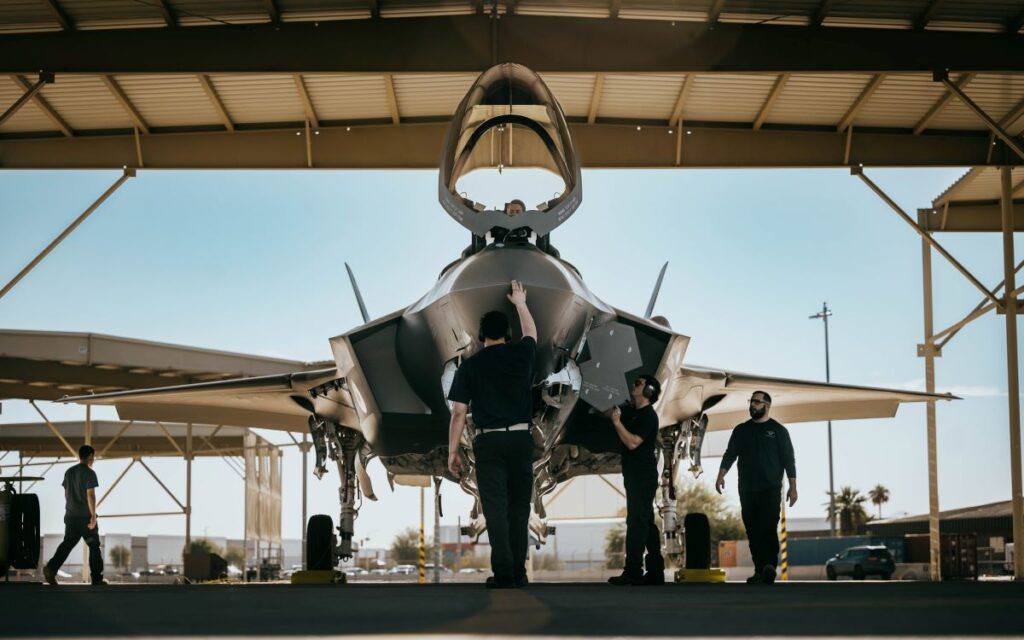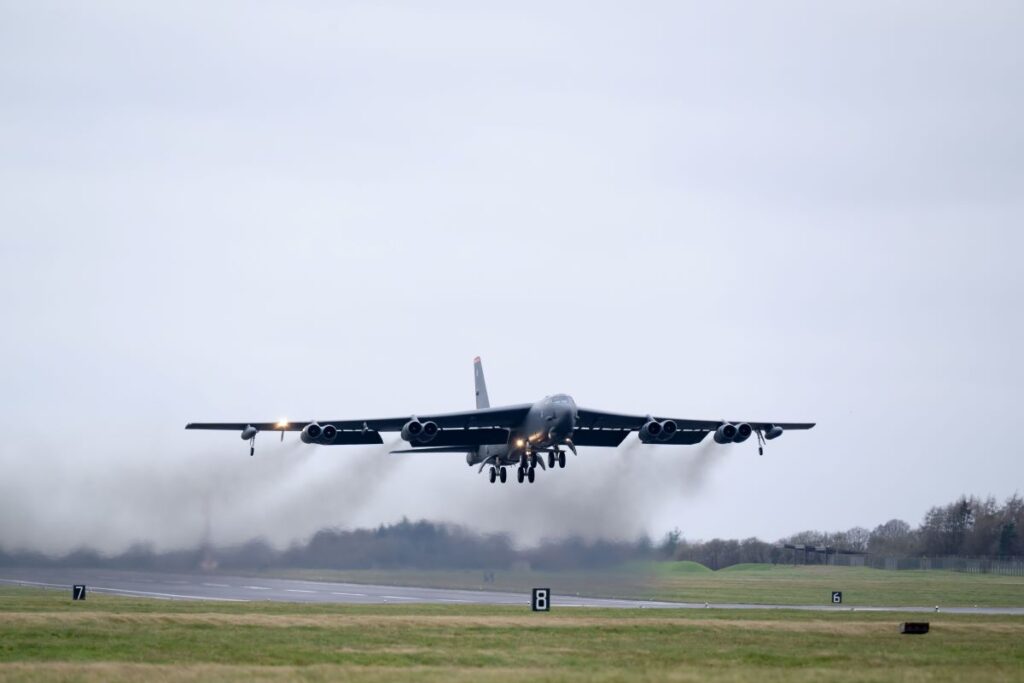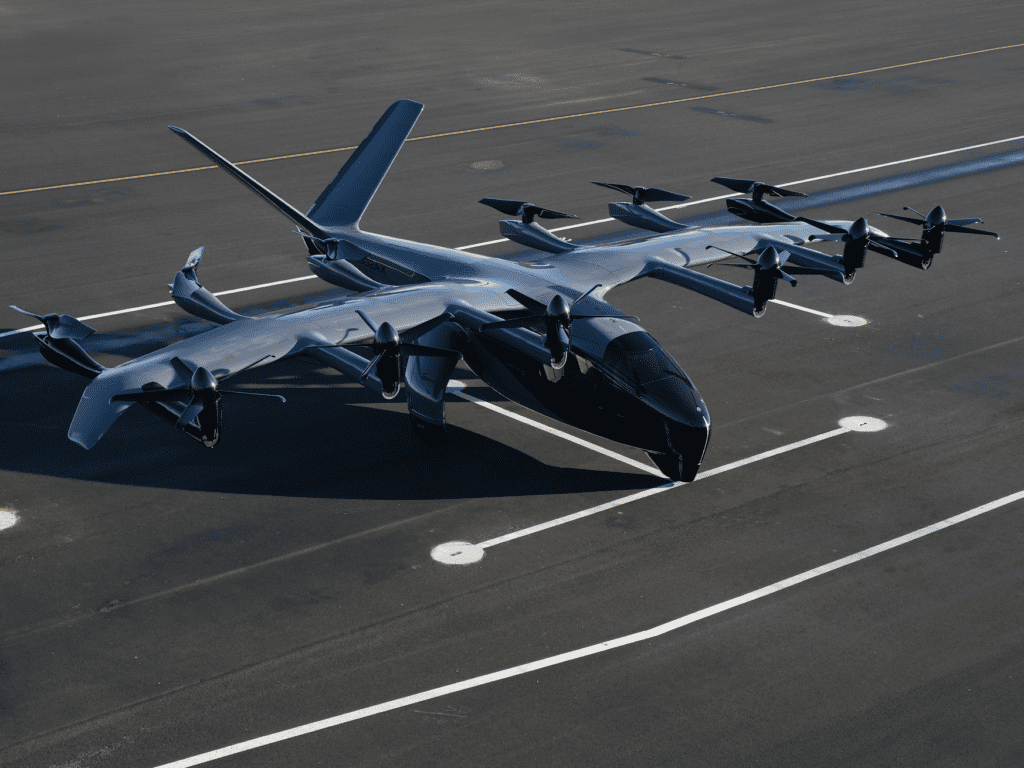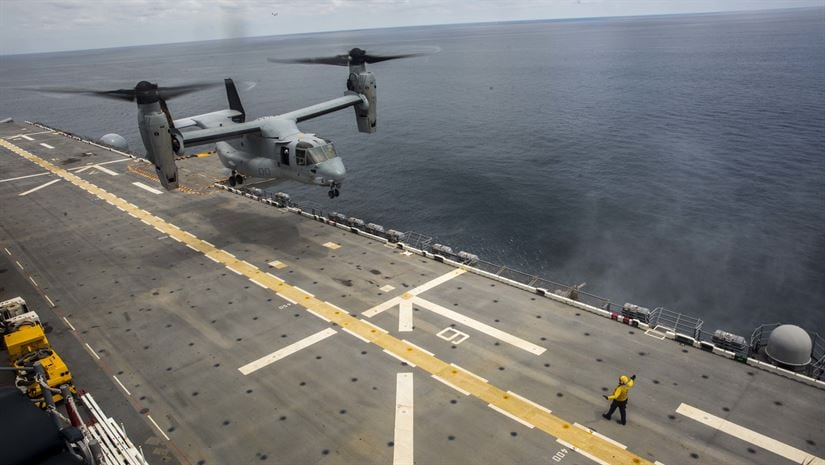Smart Sensors and AI: The Next Frontier in Aircraft Safety
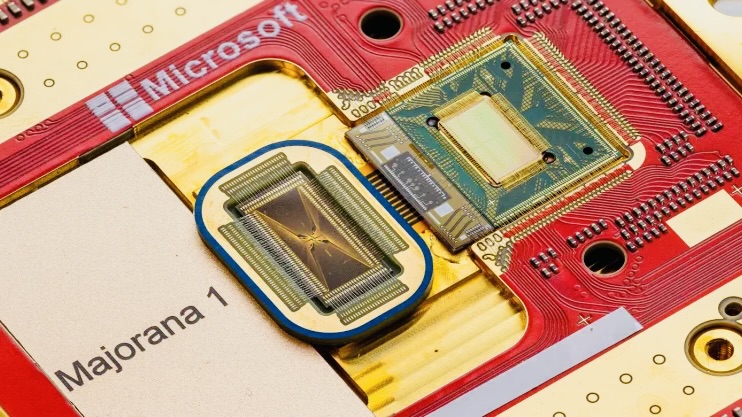
Global Avionics Round-Up from Aircraft Value News (AVN)

In avionics, the integration of advanced sensor technologies is revolutionizing aircraft safety and performance. Two key innovations driving this trend are engine vibration diagnostics and “smart skins,” both of which are significantly enhanced by artificial intelligence (AI).
Engine vibration diagnostics, once a niche technology used for monitoring wear and tear on engines, has evolved into a critical component of predictive maintenance. By installing vibration sensors on key engine components, engineers can monitor real-time conditions and detect potential issues before they lead to costly repairs or, worse, catastrophic failure.
These sensors capture minute vibrations, which AI algorithms then process to identify patterns or deviations from normal behavior. This data is invaluable for maintenance crews, enabling them to perform targeted interventions that minimize downtime and extend the lifespan of the engine.
The advent of smart skins…
Meanwhile, smart skins represent a leap forward in aircraft performance. Smart skins in avionics refer to advanced, multifunctional materials integrated into the exterior surfaces of aircraft. These materials can detect, respond to, or adapt to environmental conditions, offering enhanced capabilities for monitoring, communication, and performance. Typically, smart skins involve technologies such as:
Sensors: Embedded sensors that monitor various parameters, like temperature, pressure, strain, and vibration. These sensors can detect structural integrity, identify damage, or assess airflow around the aircraft.
Self-healing Materials: Some smart skins are designed with materials that can heal themselves if they suffer minor damage, like cracks or punctures. This improves aircraft safety and reduces maintenance costs.
Energy Harvesting: Smart skins can sometimes capture and store energy from the environment, such as solar energy, to power onboard systems.
Communication: Certain smart skin technologies can function as antennas or communication devices, reducing the need for traditional external antennas.
Adaptive Surfaces: Smart skins can change their shape or surface properties in response to external conditions, like aerodynamic adjustments, which can improve fuel efficiency and aircraft performance.
This cutting-edge technology is still in development but has immense potential to revolutionize aviation by improving aircraft performance, maintenance, and safety.
Real-time analysis…
The integration of AI enhances this technology by enabling real-time analysis of airflow, pressure changes, and stress on the structure. This allows for immediate navigational adjustments to be made during flight, improving fuel efficiency and optimizing flight performance.
AI plays a pivotal role in both of these advancements. By processing vast amounts of sensor data from various components across the aircraft, AI can identify trends, detect anomalies, and even predict potential malfunctions before they occur. The result is not just enhanced safety but a more efficient flight experience overall.
Together, engine vibration diagnostics and smart skin technologies powered by AI are setting new standards in aircraft performance. The ability to predict and respond to maintenance needs, coupled with optimized avionics, is reshaping the aviation industry’s approach to safety and operational efficiency.
This article also appeared in our partner publication, Aircraft Value News.
John Persinos is the editor-in-chief of Aircraft Value News.
The post Smart Sensors and AI: The Next Frontier in Aircraft Safety appeared first on Avionics International.
—————
Boost Internet Speed–
Free Business Hosting–
Free Email Account–
Dropcatch–
Free Secure Email–
Secure Email–
Cheap VOIP Calls–
Free Hosting–
Boost Inflight Wifi–
Premium Domains–
Free Domains







